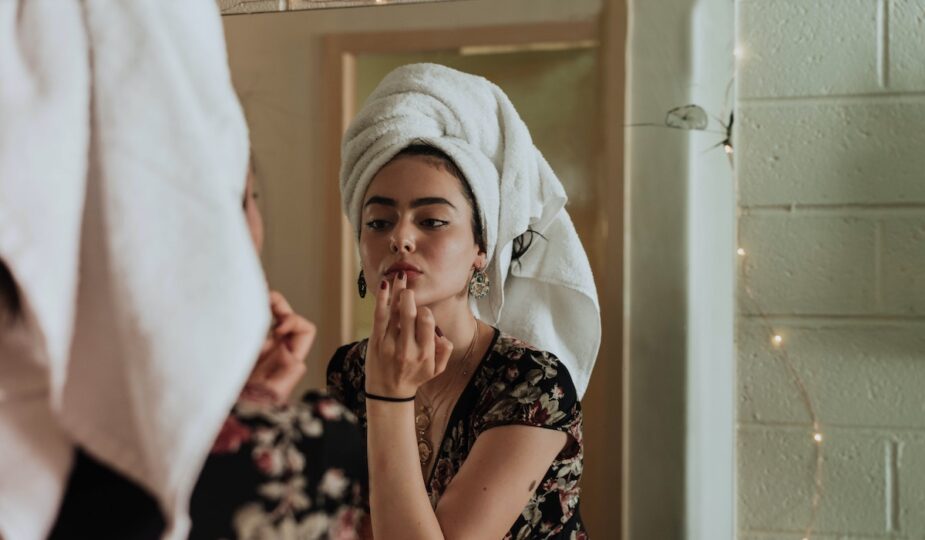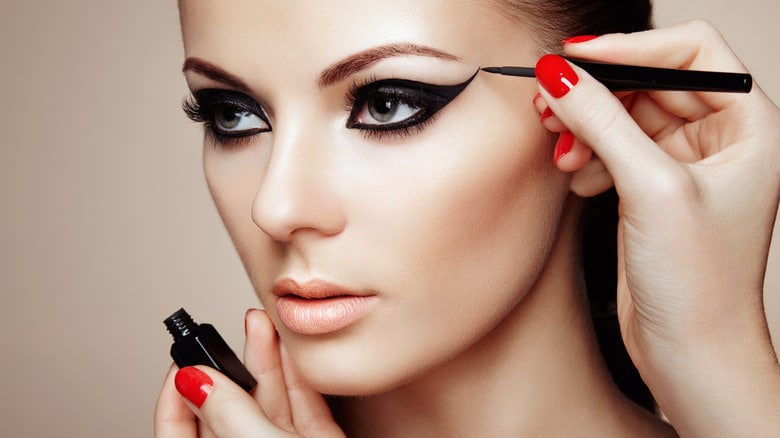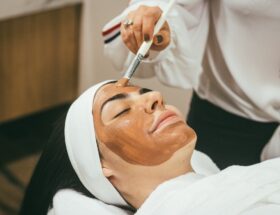The beauty industry has experienced some significant changes in the past few years, primarily due to the increasing work-from-home trend. As the beauty concept continues to evolve, brands in the industry have been moving quickly to adapt to the new consumers’ demands.
A wave of ingenuity has given rise to an array of groundbreaking products, from the practicality of lotion bar to the tailored precision of customized skincare solutions. Brands are ceaselessly innovating to cater to the dynamic needs and preferences of their clientele. Below are several trailblazing beauty industry trends that are currently making waves.
Let's dive in!
Clean Beauty: Eco-Friendly Packaging
Solid beauty products are revolutionizing the personal care space with their eco-conscious design and convenience. These products come in a solid form rather than the traditional liquid, thereby significantly reducing the need for plastic packaging—a boon for the environment considering the alarming rate of plastic waste accumulation.
The benefits of solid beauty products go beyond just sustainability; they're often formulated with fewer preservatives thus reducing potential skin irritants. They are ideal for travel, as they don't fall under the liquid restrictions for carry-on luggage and are less prone to leaking.
Moreover, as consumers become more eco-conscious, the demand for these innovative formats is expected to continue growing, pushing the beauty industry toward a more sustainable and environmentally responsible future.
The Merge of Beauty, Health and Wellness
In recent years, the line between health, wellness, and beauty industries has become increasingly blurred, reflecting a shift in consumer priorities toward holistic well-being. People are no longer content with superficial cosmetic fixes; they seek beauty solutions that also offer tangible health benefits.
This convergence has led to the development of products that are not only designed to enhance appearance but are also imbued with protective and restorative properties. For example, makeup products are now infused with antioxidants and other ingredients to shield the skin from urban pollution and blue light.
Additionally, there's been a surge in the popularity of nutraceuticals — products that combine nutrition and pharmaceutical benefits, such as collagen supplements, vitamins, and minerals formulated to improve skin elasticity, hair strength, and nail health from the inside out.
This holistic approach often emphasizes natural and organic ingredients, recognizing that what is good for the body's internal health is often beneficial for the skin and vice versa with a believe that overall wellness is the foundation of true beauty.
Evidence-Based Formulations
Consumers are becoming more knowledgeable and discerning about the ingredients in their beauty products. They demand evidence of efficacy, which has led brands to invest in clinical trials and scientific research to substantiate their beauty claims.
There's an emphasis on active ingredients with proven benefits, such as retinoids, peptides, hyaluronic acid, and various vitamins, especially Vitamin C and E. These ingredients are known for their ability to affect the skin's structure and function at a cellular level.
Brands are becoming more transparent about their research and development process, often sharing details about clinical studies and results to build trust and educate consumers. Dermatologists and skincare professionals often endorse scientifically-backed products, which adds to their credibility.
Many brands also collaborate with dermatologists to develop their formulations and educate their consumers about the science behind products. This can include detailed explanations on packaging, promotional materials, and online content.
The rise of scientifically backed beauty products is in response to a more informed and health-conscious consumer base that seeks quality and authenticity in their skincare and beauty routines.
Inclusive Beauty
Brands are now expected to develop products that cater to an extensive spectrum of skin tones, creating foundations and concealers that go beyond the limited palettes of the past. It's no longer acceptable to offer a narrow range of shades.
Beyond color cosmetics, brands are also recognizing the need for products that address a variety of skin types and concerns, whether it's sensitivity, acne-prone, aging, or hyperpigmented skin, as well as hair care products that are suitable for all hair textures, from straight to coily. Moreover, inclusivity extends to marketing and branding strategies.
Imagery and language are evolving to embrace all ages, embracing the beauty of youth while celebrating the grace of aging. Gender-neutral products are rising in popularity, challenging the traditional gendered approach to skincare and makeup.
The message is clear: Beauty is for everyone, and it does not conform to a single standard or stereotype. Brands are now increasingly being held accountable for their distribution practices and pricing strategies, as the call for inclusivity includes economic factors, ensuring that quality products are available at various price points, and making beauty accessible to all income levels.
This burgeoning expectation for inclusivity is not a fleeting trend but a fundamental shift in the beauty industry's ethos. It reflects a more conscious and ethically driven consumer base that values equity and representation, and it compels brands to continually evolve to meet these expectations.
Technology Integration with Beauty Products
With a significant surge in the popularity of at-home skincare devices and the application of biotechnology in product formulation, the beauty industry is undergoing a transformation fueled by technological innovation. High-tech gadgets such as LED therapy and microcurrent devices are now common fixtures in personal care routines, offering advanced skincare treatments that were once exclusive to dermatologists' offices.
These devices, while technologically complex, are designed for safe and straightforward use, democratizing access to cutting-edge skincare solutions. In the realm of ingredient innovation, biotechnology is forging a path for sustainable and highly effective components.
Personalized beauty experiences have also taken center stage, thanks to AI-driven apps that analyze individual skin conditions and recommend bespoke product regimens, along with 3D printing technologies that create custom-tailored cosmetics.
AI and virtual reality apps are enhancing online shopping and allowing consumers to preview products virtually before making a purchase. Furthermore, smart packaging that employs NFC chips and QR codes offers consumers a more interactive and informative relationship with their beauty products. This melding of beauty and technology heralds a new era where personalization, efficiency, and ecological consciousness are the hallmarks of the beauty industry's forward march.
Final Thoughts
As the beauty industry advances, the emphasis on sustainability, health, and technology heralds a shift towards more conscientious consumption. Solid beauty products are setting a new standard for environmental responsibility, while the blend of wellness with beauty reflects a holistic approach to self-care that transcends aesthetic appeal. Consumers now favor evidence-based products that deliver real benefits, and inclusivity has become a non-negotiable standard, ensuring beauty is accessible to all.
Technological advancements are transforming beauty routines, making personalized and effective care available at our fingertips. These trends are not passing fads but represent a profound evolution in how we perceive and experience beauty. The industry must continue to innovate while honoring these values to lead a future where beauty is sustainable, inclusive, and enhanced by technology.



